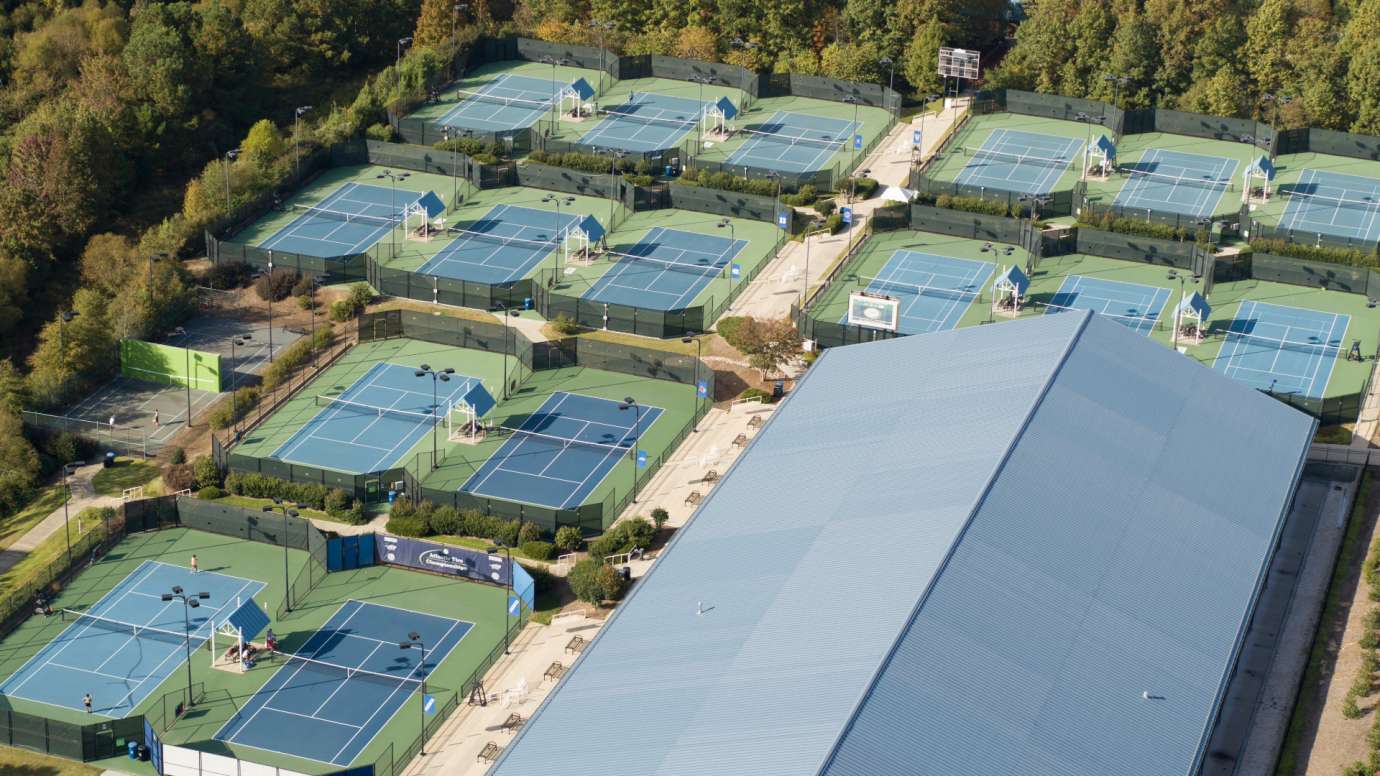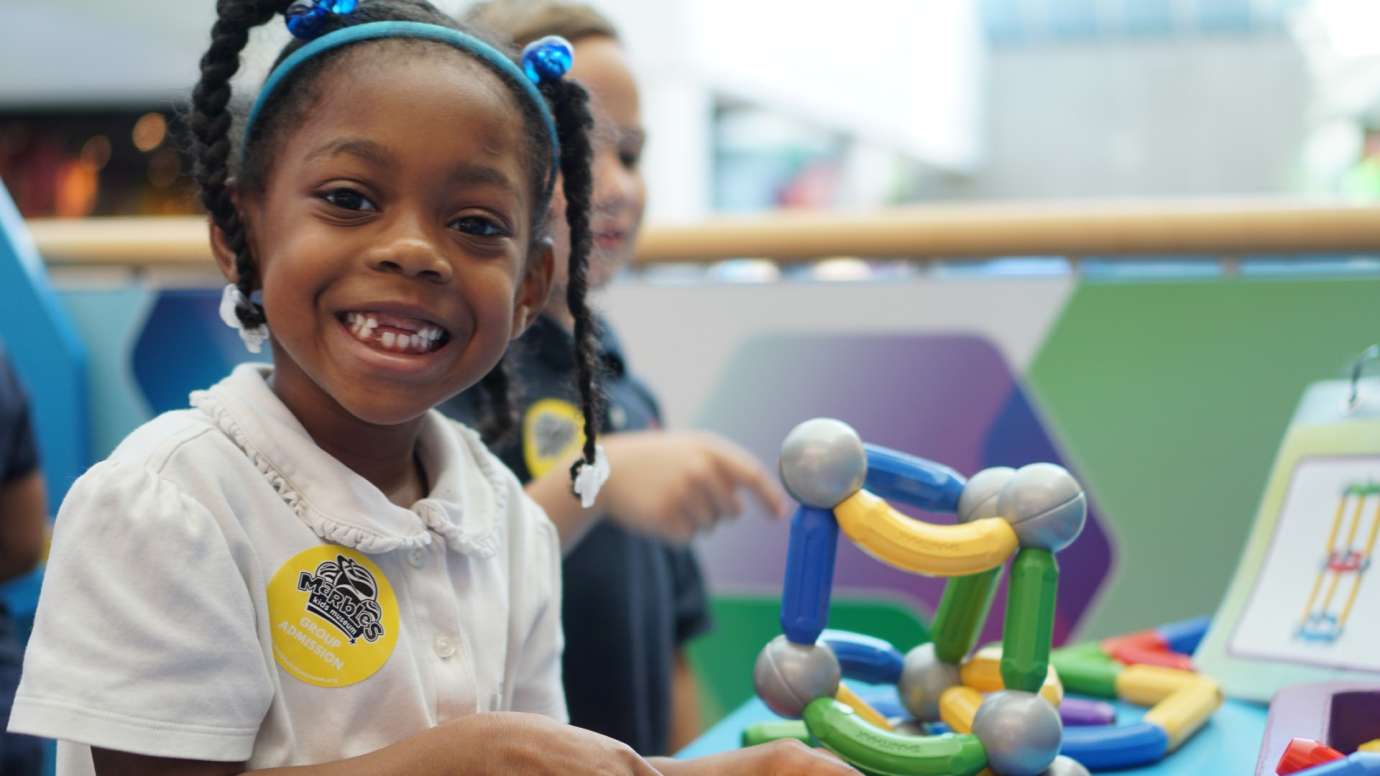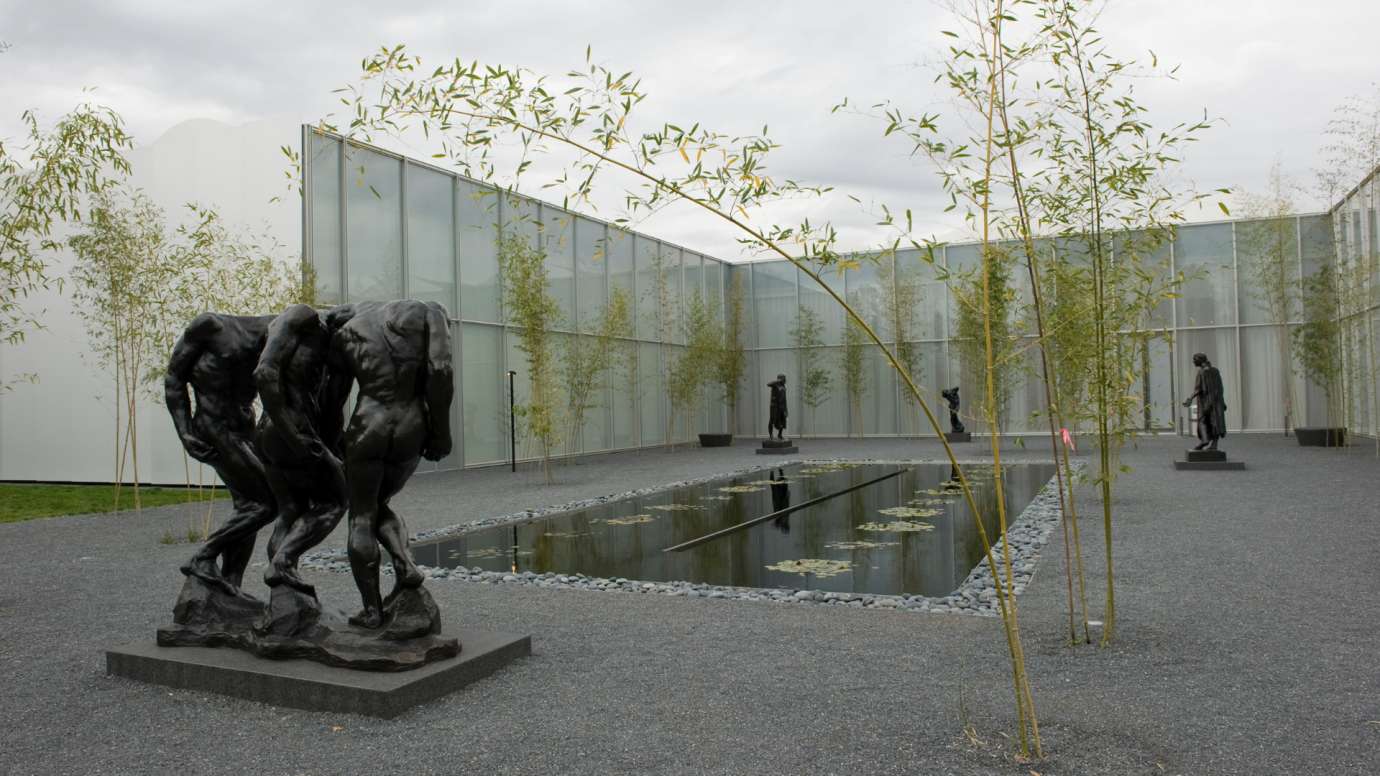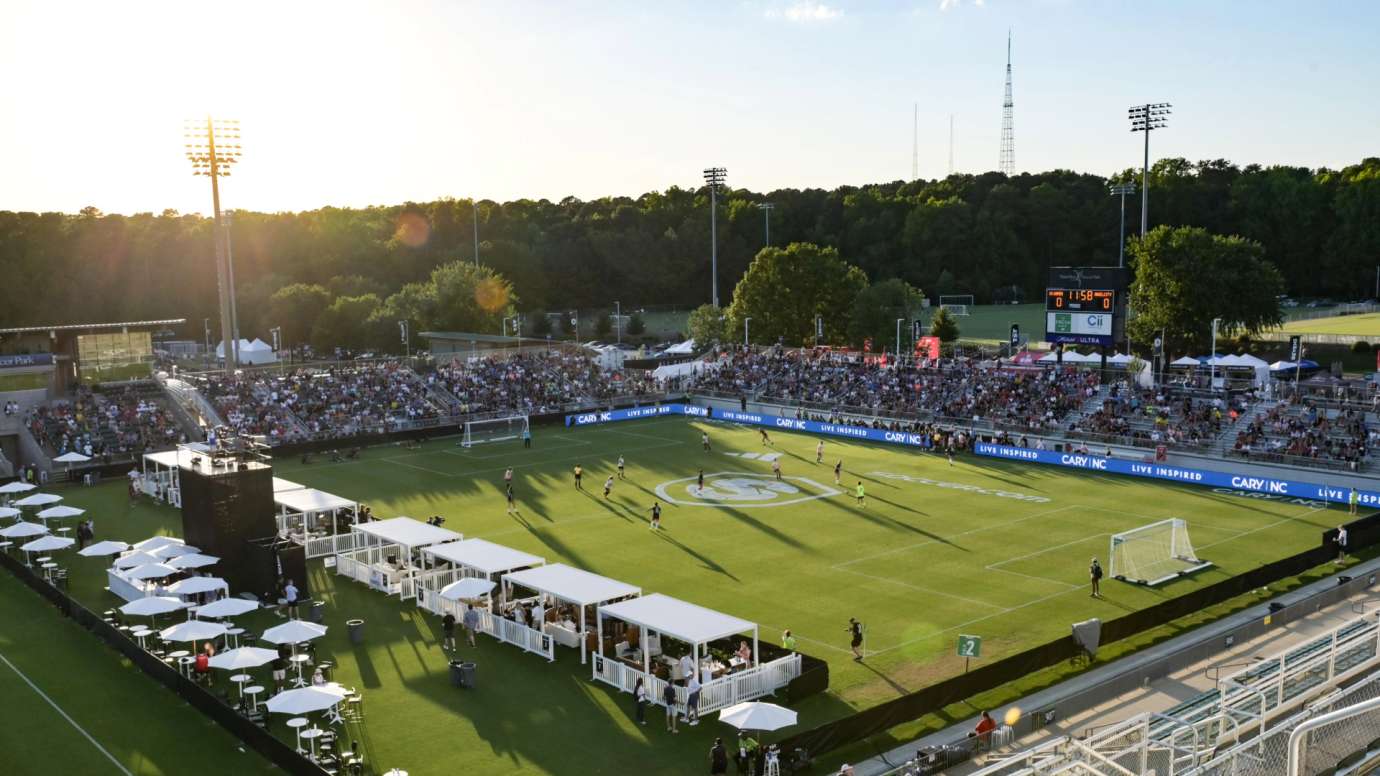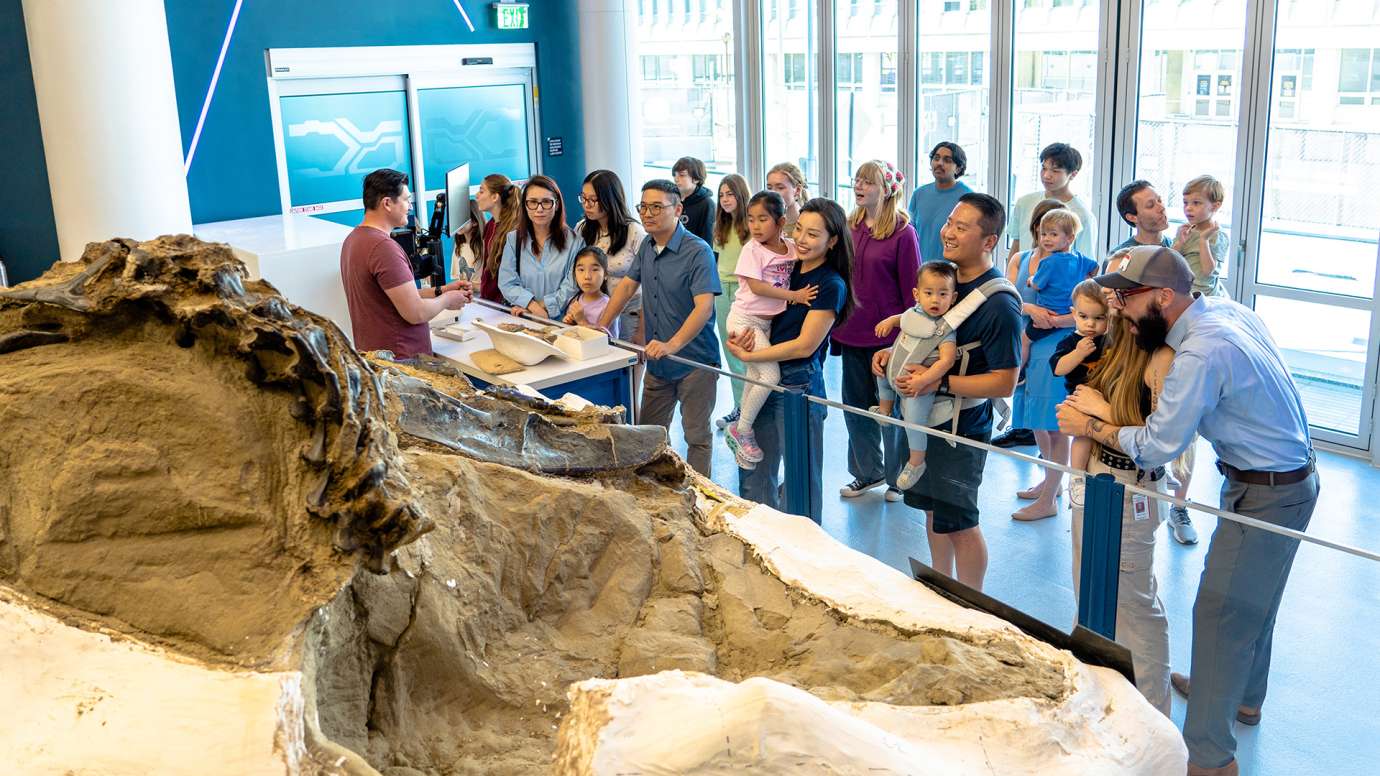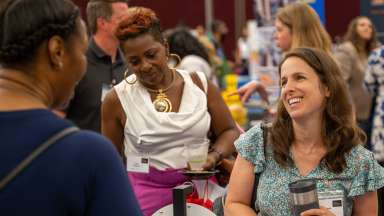Jump To:
It's hard to write a business plan for a great moment. But a great city can foster those things. It can encourage and support the things beyond just going to work and living your life.
- It started in 1986, when Wake County Commissioners started charging a a 3 percent hotel occupancy tax to help promote tourism and support local businesses. They also created the Greater Raleigh Convention and Visitors Bureau (GRCVB) to manage tourism efforts.
- In 1991, the county and the City of Raleigh agreed to an interlocal agreement to decide how the money from the hotel tax and a new tax on prepared food and drinks would be used for services and projects.
- The funds, unofficially known as the "hospitality tax" were earmarked for projects supporting the arts, culture, sports, and conventions.
- Some past projects that the tax funded include the North Carolina Museum of Natural Sciences, Cary Tennis Park, Five County Stadium, Marbles Kids Museum, the North Carolina Museum of Art, and WakeMed Soccer Park.
- Current projects include the expansion of the Raleigh Convention Center, the relocation of Red Hat Amphitheater, and the renovations of Lenovo Center (formerly PNC Arena).
How it works
According to Visit Raleigh, visitors to Wake County spent $3.2 billion in 2023. That spending resulted in $157 million in local tax revenue. That's money that does not have to be made up by Wake County residents. That's a savings of $712 for each taxpayer in Raleigh.
The Hospitality Tax is made up of two parts:
- The Room Occupancy Tax is a six-percent tax on the gross receipts from the rental of rooms, lodging, or accommodations in hotels, motels, inns, and similar places. This tax also applies to rooms rented through apps like Airbnb and VRBO.
- The Prepared Food and Beverage Tax is a one-percent tax on the sale price of prepared food and beverages purchased at restaurants and bars. Wake County and City of Raleigh are responsible for oversight of revenues from these taxes and allocate the dollars to the appropriate projects.
Source: Tourism Economics: The Raleigh Visitor Economy 2023. State tax includes sales, personal income, corporate, social insurance, excise and fees. Local tax includes sales, lodging, property, excise and fees.
Interlocal Projects That Enhance Our Community
Check out some projects you may be familiar with that were made possible through funding from the interlocal agreement:
The Latest on City of Raleigh ILA Projects
The hospitality tax is supporting several major projects underway now in Raleigh, including:
Raleigh Convention Center expansion and new Omni Hotel
- The Raleigh Convention Center will expand by 500,000 square feet, adding ~30 breakout rooms and 50,000 square feet of flex halls.
- The expansion will also double the capacity of the convention center to accommodate 20,000 people. The project is scheduled to be completed in 2028.
- A 550-room Omni Hotel will be built across the street from the convention center and is scheduled to open in 2027. The hotel is not funded by the ILA but is happening at the same time as the expansion, which will receive ILA funding.
- The hotel will include a rooftop pool, spa, fitness center, and several food and beverage outlets.
Red Hat Amphitheater relocation
- The Red Hat Amphitheater will be relocated one block south to a new 6,000-person capacity space. The new location is expected to be ready by 2027.
Lenovo Center (formerly PNC Arena) renovations
- Lenovo Center will undergo $300 million worth of renovations, and the area around the stadium will be developed into a mixed-use entertainment destination.
Centennial Authority - Lenovo Center latest news
